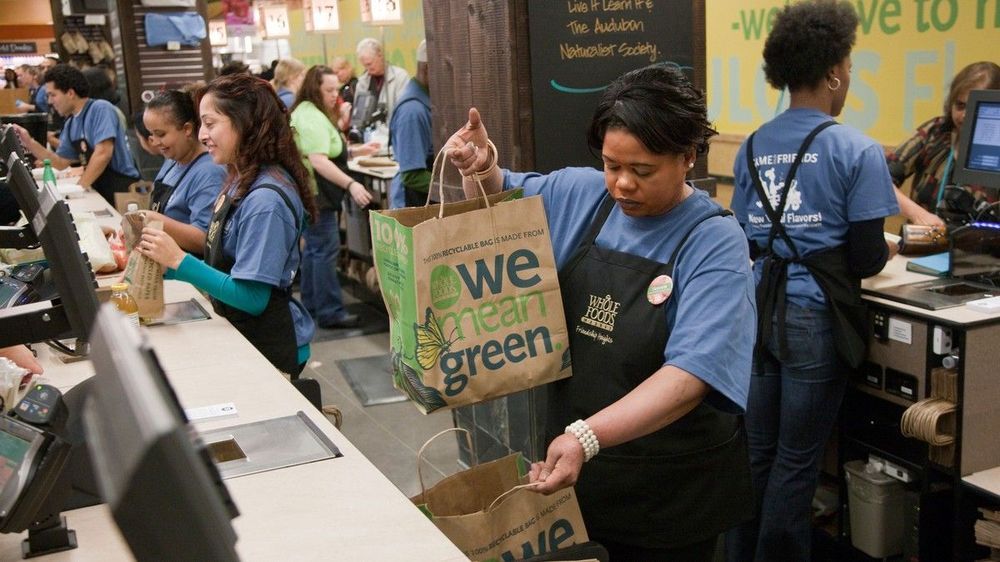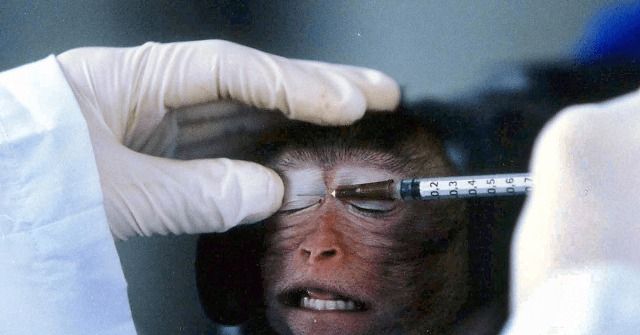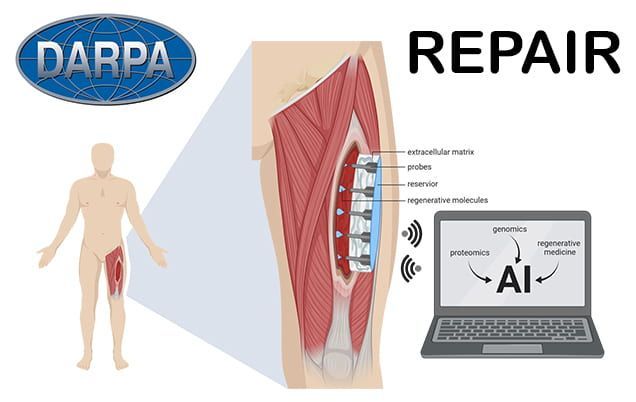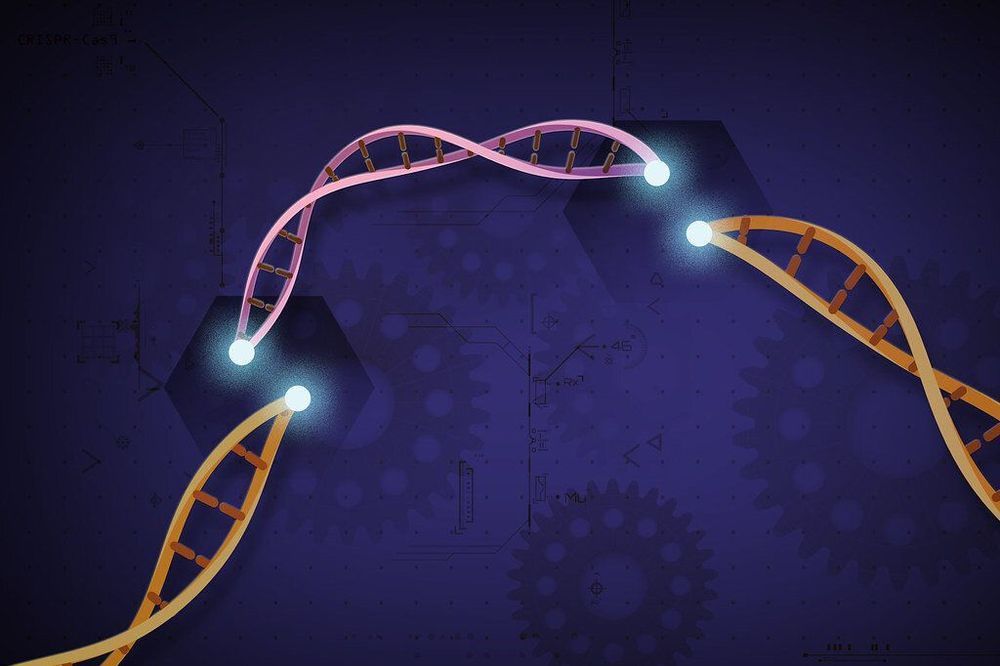Whole Foods could afford to offer employees unlimited paid sick time during the Coronavirus outbreak. Instead, they have suggested that employees donate their accumulated paid time off to their coworkers.



Population Research Institute President Steven W. Mosher wrote at the New York Post on Saturday that China’s coronavirus epidemic could have been unleashed by researchers who sold laboratory animals to the notorious “wet markets” of Wuhan for extra cash.
Mosher is not the first skeptic of Beijing’s official coronavirus narrative to note the presence of an advanced microbiology lab near Wuhan, the city where the epidemic originated. Since the early days of the crisis, theories have suggested everything from the lab accidentally releasing the virus to speculation that the virus might have been deliberately designed as a biological weapon.
His theory cited as evidence the release of new guidelines from the Chinese Ministry of Science and Technology calling for “strengthening biosecurity management in microbiology labs that handle advanced viruses like the novel coronavirus.”

ROME – A Dutch start-up may have found a workaround for eco-conscious consumers struggling to give up meat: pork grown in a laboratory that doesn’t harm animals or damage the planet.
Meatable will this summer unveil its first pork prototype made entirely from cultured animal cells instead of from slaughtered animals, according to its CEO.

Jeff Falk Rice University 713−348−6775 [email protected]
Jade Boyd Rice University 713−348−6778 [email protected]
Erin Hare University of Pittsburgh 412−864−7194 [email protected]

The House is preparing to vote on Thursday on a coronavirus-relief bill that would provide Americans with paid sick leave, food assistance, free coronavirus testing, and more substantial unemployment benefits.
But Ocasio-Cortez pushed for a more sweeping response, including expanding Medicare or Medicaid to cover all Americans, a freeze on evictions, a universal basic income, ending work requirements for food-assistance programs, criminal-justice reform, and freezing student-debt collection.
“This is not the time for half measures,” she tweeted on Thursday. “We need to take dramatic action now to stave off the worst public health & economic affects. That includes making moves on paid leave, debt relief, waiving work req’s, guaranteeing healthcare, UBI, detention relief (pretrial, elderly, imm).”

“In the case of the Industrial Revolution, people’s lives didn’t improve for seven decades,” Frey says. “That’s two generations. I think we need to be very concerned about some of these short-term effects on people.”
Frey says for seven decades wages were stagnant, food consumption decreased and “people’s living standards deteriorated.” The economy was doing quite well, but most of the workers weren’t seeing the benefits of that economy.
“Because people’s living standards deteriorated, people rioted against mechanized factories. The Luddites are often portrayed as these irrational enemies of progress, and to some extent, that’s right if you take a very long term view,””
The case against the flawed argument that automation won’t be so bad.
40% of the world’s insect species are in decline, and scientists believe that a third are threatened with extinction. From pesticides to invasive species, there are various reasons, but any losses could have a major impact on our food systems.


In a new publication in Nature Plants, assistant professor of Plant Science at the University of Maryland Yiping Qi has established a new CRISPR genome engineering system as viable in plants for the first time: CRISPR-Cas12b. CRISPR is often thought of as molecular scissors used for precision breeding to cut DNA so that a certain trait can be removed, replaced, or edited. Most people who know CRISPR are likely thinking of CRISPR-Cas9, the system that started it all. But Qi and his lab are constantly exploring new CRISPR tools that are more effective, efficient, and sophisticated for a variety of applications in crops that can help curb diseases, pests, and the effects of a changing climate. With CRISPR-Cas12b, Qi is presenting a system in plants that is versatile, customizable, and ultimately provides effective gene editing, activation, and repression all in one system.
“This is the first demonstration of this new CRISPR-Cas12b system for plant genome engineering, and we are excited to be able to fill in gaps and improve systems like this through new technology,” says Qi. “We wanted to develop a full package of tools for this system to show how useful it can be, so we focused not only on editing, but on developing gene repression and activation methods.”
It is this complete suite of methods that has ultimately been missing in other CRISPR systems in plants. The two major systems available before this paper in plants were CRISPR-Cas9 and CRISPR-Cas12a. CRISPR-Cas9 is popular for its simplicity and for recognizing very short DNA sequences to make its cuts in the genome, whereas CRISPR-Cas12a recognizes a different DNA targeting sequence and allows for larger staggered cuts in the DNA with additional complexity to customize the system. CRISPR-Cas12b is more similar to CRISPR-Cas12a as the names suggest, but there was never a strong ability to provide gene activation in plants with this system. CRISPR-Cas12b provides greater efficiency for gene activation and the potential for broader targeting sites for gene repression, making it useful in cases where genetic expression of a trait needs to be turned on/up (activation) or off/down (repression).

HONG KONG — Pet cats and dogs cannot pass the new coronavirus on to humans, but they can test positive for low levels of the pathogen if they catch it from their owners.
That’s the conclusion of Hong Kong’s Agriculture, Fisheries and Conservation Department after a dog in quarantine tested weakly positive for the virus Feb. 27, Feb. 28 and March 2, using the canine’s nasal and oral cavity samples.
A unidentified spokesman for the department was quoted in a news release as saying. “There is currently no evidence that pet animals can be a source of infection of COVID-19 or that they become sick.”